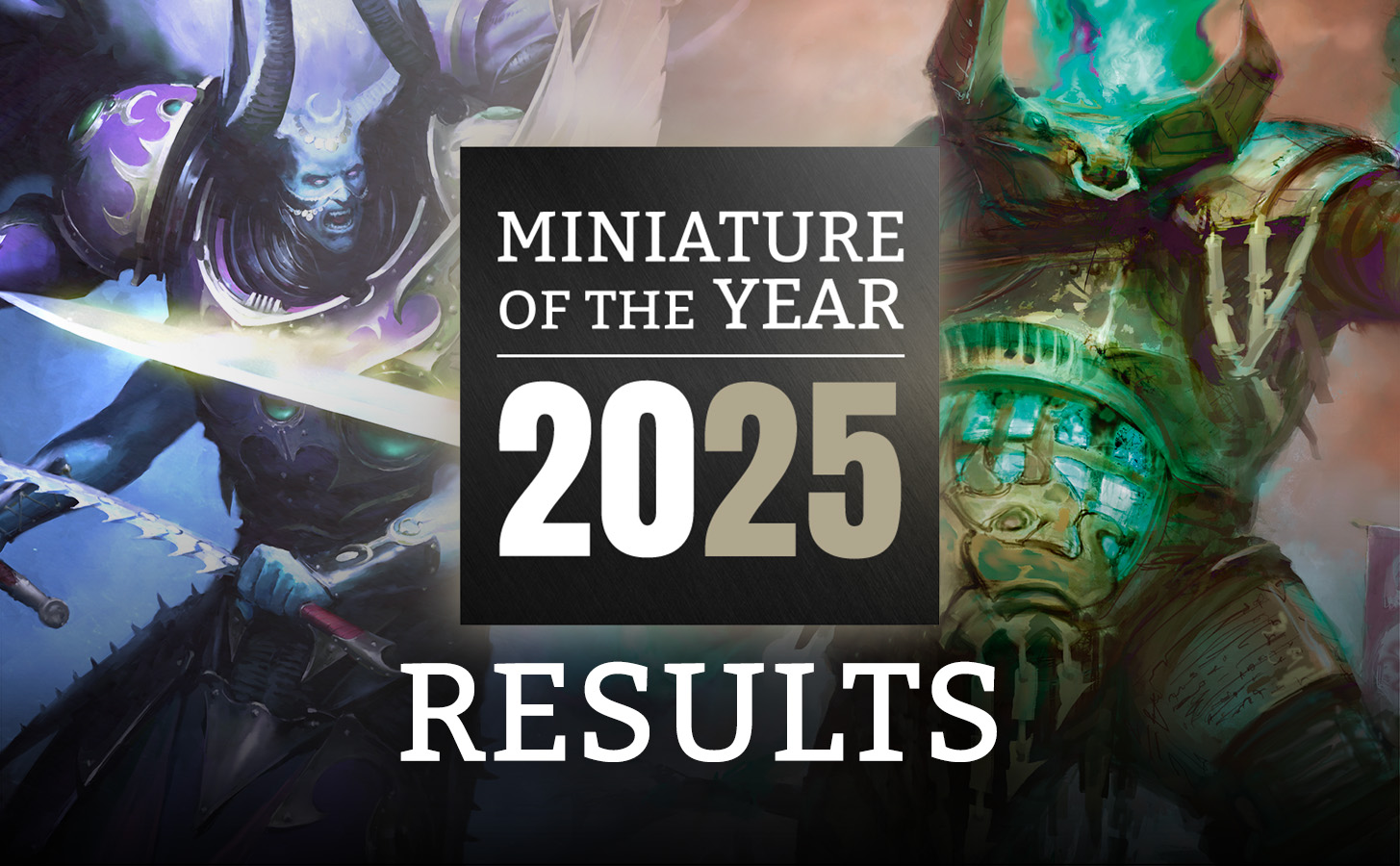PITTSBURG — The Pittsburg State University men’s basketball team will return from the Holiday break by opening a…
Blog
-

Armchair astronomers sought to hunt for stars being torn apart by black holes – Homepage
By Jonathan McCambridge, Press Association
Volunteers are being sought for an online challenge to help find stars being torn apart by black holes.
Astronomers at Queen’s University Belfast and the Leiden Observatory in the Netherlands are seeking…
Continue Reading
-
Microsoft Teams to Let Admins Block External Users Directly from Defender Portal – Petri IT Knowledgebase
- Microsoft Teams to Let Admins Block External Users Directly from Defender Portal Petri IT Knowledgebase
- Microsoft Teams to roll out security update in 2026: What is changing, default protections, and what organisations must do Times of India
Continue Reading
-

Central Park coyote takes stroll across frozen Turtle Pond in NYC
Monday, December 29, 2025 4:01PM
CENTRAL PARK, Manhattan (WABC) — A coyote was captured taking a morning stroll across a frozen pond in Central Park earlier this month.
Photographer Michael Silverstone caught the moment the animal crossed the ice…
Continue Reading
-
Hamas confirms death of spokesman Abu Obeida, says he was killed by Israel in August – Dawn
- Hamas confirms death of spokesman Abu Obeida, says he was killed by Israel in August Dawn
- Hamas armed wing confirms death of Abu Obeida, other leaders Al Jazeera
- Hamas confirms deaths this year of armed wing spokesperson Abu Ubaida and Gaza…
Continue Reading
-
Sleep Apnea Risk Linked to Mental Health – MedPage Today
- Sleep Apnea Risk Linked to Mental Health MedPage Today
- 2 Minute Medicine Rewind December 29th, 2025 2 Minute Medicine
- Study links sleep apnoea with 40% higher chance of mental health problems The Hindu
- Is poor sleep responsible for your winter…
Continue Reading
-

Pakistan issues over $7 billion sukuk in 2025, nears 20 percent Shariah-compliant debt target
ADB, Pakistan sign over $300 million agreements to undertake climate resilience initiatives
ISLAMABAD: The Pakistani government and the Asian Development Bank (ADB) have…Continue Reading
-

Warhammer Miniature of the Year 2025 – The winners revealed
After another year of incredible miniatures, we asked you to vote for your favourites of 2025 – and vote you did, by the thousands. The winners have now been decided across the three categories: Warhammer 40,000, which includes Kill Team,…
Continue Reading
-

Antibiotic De-Escalation Demonstrates Advantages for Community-Onset Sepsis
De-escalating empiric broad spectrum antibiotics (BSA) at day 4 for clinically stable patients with community-onset sepsis without positive culture for multidrug-resistance was associated with fewer days of antibiotic therapy and of…
Continue Reading
-

Beats’ new Powerbeats Fit earbuds are down to $180
It’s almost the new year and time to treat yourself to a new pair of earbuds — especially if one of your resolutions for 2026 is to work out more. If you find yourself reading this and nodding, take a look at the Beats Powerbeats Fit, a…
Continue Reading
